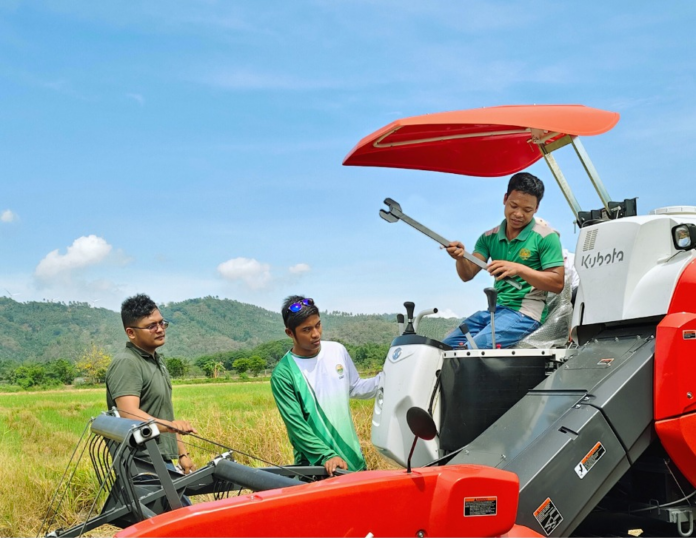MANILA Bay, long regarded as a vital gateway for commerce and trade in the Philippines and its neighboring countries, has shaped the city’s maritime identity with its natural harbor and sweeping coastline. Today, it is the subject of large-scale reclamation efforts that promise increased economic opportunities, real estate development, and enhanced government revenue—factors that could elevate Manila’s standing as a modern business hub.
However, beneath this vision of progress are growing concerns from coastal communities whose lives are intimately tied to the bay. Reclamation has been underway for decades, with earlier projects shaping portions of the capital’s western edge into commercial, cultural, and institutional zones. More recently, expansive plans are unfolding once again—redrawing the shoreline and reshaping the future of those who have called it home for generations
Among the most vocal critics are fisherfolk groups, who say that reclamation severely threatens their livelihood. According to Edlyn Bueno, Secretary General of Pangisda PH, construction activities have disrupted traditional fishing grounds, significantly reduced fish catch, and limited access to the bay.
“Maraming kababaihan ang nawalan ng kabuhayan mula sa mga kabibe at shells na matagal nang kinukuhanan sa lugar na tinabunan na ng lupa. Lahat ‘yon, nawala—kapalit ng sinasabing kaunlaran. Pero sino ba talaga ang umunlad?” she questioned.
Environmental advocates also warn of irreversible ecological consequences. The displacement of coastal communities, they say, does not just affect livelihood but fragments the social fabric rooted in shared cultural and environmental traditions.
Following President Ferdinand Marcos Jr.’s directive to suspend all 22 reclamation projects for a comprehensive review, implementation remains in flux. Some of these initiatives, which cover vast land areas—one totaling over 300 hectares and another reaching 400—have drawn scrutiny due to concerns over their long-term sustainability and inclusive development impact.
Official records note that over 6,100 hectares of new land could emerge from these reclamation activities—an area roughly equivalent to the combined landmass of Manila and Marikina. As of this writing, two projects are ongoing, 12 have received approval, and seven remain in proposal stages.
Yet, for communities who have long depended on the bay’s resources, reclamation risks becoming synonymous with slow erasure. Without viable alternative livelihoods or adequate transition measures, development feels one-sided—progress for some, displacement for others.
“Ang kailangan ng mangingisda ay suporta, hindi reclamation,” Bueno added. “Walang kinabukasan ang proyektong walang kalinga sa mga pinakaapektado.”
As more concrete pours in, the question looms larger: can urban progress coexist with preservation of life and livelihood? Or will Manila Bay’s charm be paved over, wave by wave?








